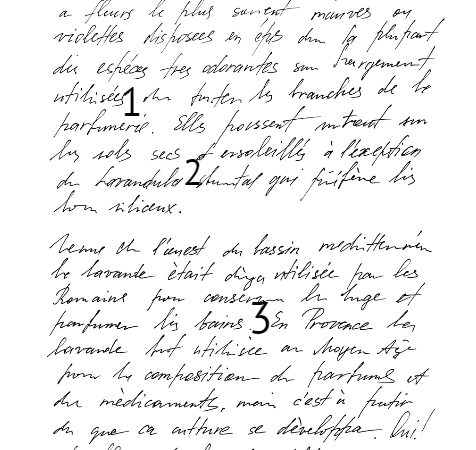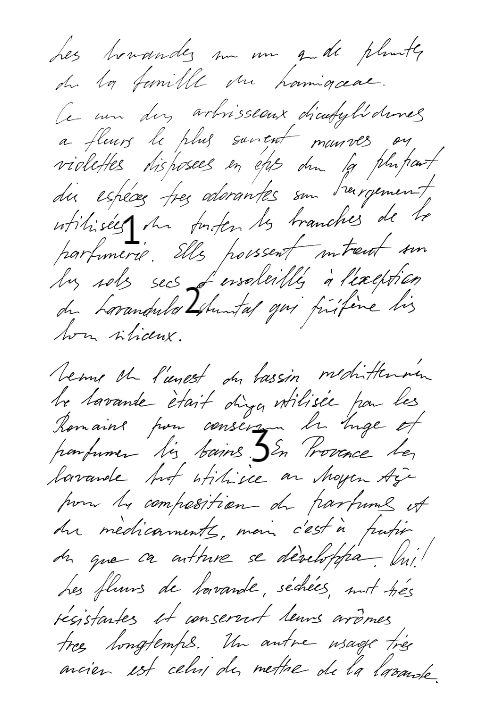Hi everyone, today we are going to learn about IELTS reading strategies. I am going to share with you four essential IELTS reading strategies that you need to know to do well in IELTS.
Contents
1. The Strategy for True, False, Not Given
True, false, not given questions are all about factual information in the passage.
- If the answer is true, the statement in your question agrees with the information in the passage.
- The statement in the question contradicts (opposite) the information in the passage, If the answer is false,
- If the answer is not given, there is no information provided in the passage.
2. The Strategy for Yes, No, Not Given
Yes, no, not given questions all about writer opinion, what the writer thinks, what the writer is trying to tell you about his opinion20.
- If the answer yes, the statement in your question agrees with the claims of the writer.
- The statement in your question contradicts the claims of the writer, if the answer no.
- If the answer is not given, it is impossible to say what the writer thinks about this.
Techniques for true, false, not given, and yes, no, not giving exactly the same.
NOTE: Do not try to match keywords. It would be best if you matched meaning.
Example:
Passage: The majority of people who graduated from the university found it difficult to get a job.
Question: After finishing their tertiary education, all people had difficulties in finding employment.
Answer: There are lots of matching words between passage and question. But you need to be more careful. It’s not a matter of matching keywords; it is all about whole statements to have the same meaning. So, the correct option is false because the majority of people and all people have a different meaning.
graduate University = tertiary education
to get a job = to find employment
the majority of people ? all people
3. Look for Common Traps.
One of the common traps is comparisons like all, some, majority. If you see a comparative sentence in your question, make sure you also find a comparison in the passage.
4. Answers Come in Order. 
Each question follows the order of information in the passage so, always start with the first question. Find question number one, and question number 2 will follow that. Reading parts are very difficult in IELTS due to the time limit. This strategy helps you to save time.

